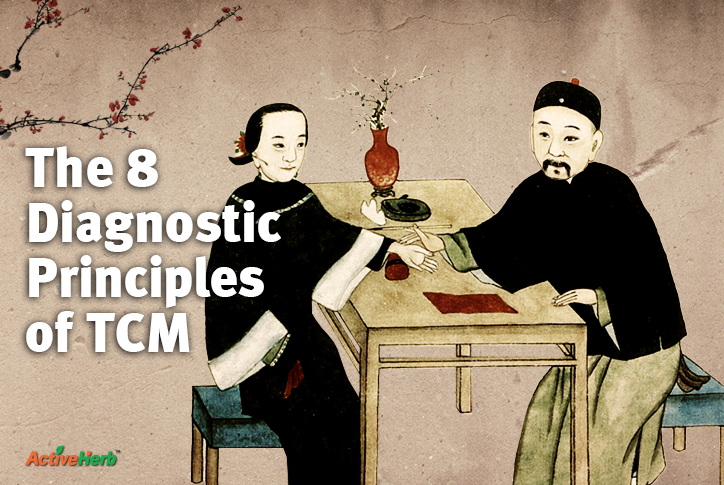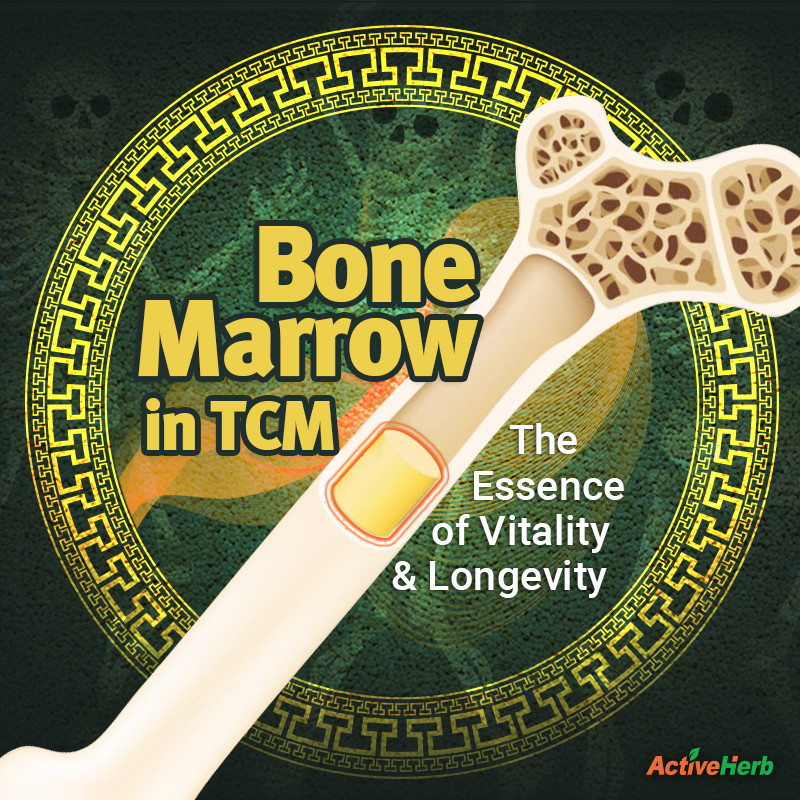The 8 Diagnostic Principles of TCM

To the layperson, acupuncturists and Doctors of Oriental Medicine are fonts of encyclopedic knowledge, using several complex diagnostic tools under their belt such as pulse diagnosis. But they also have a secret to help “nurse” their patients back to balance that’s shockingly so simple: The 8 Principles.
The 8 principles of diagnosis in TCM are four pairs of opposites. Even the most confounding, complex cases can be brought back to balance using these simple 8 principles.
Achieve Optimal Yin/Yang Balance With The 8 Diagnostic Principles of TCM
The easiest concept to understand in TCM is that optimal health depends on Yin/Yang balance. But surprise, surprise, because of stress, it’s very easy for that balance to be knocked off-kilter. And when Yin/Yang falls out of balance, the following 3 functional operating systems or entities as they’re known in TCM are effected:
- 5 Fundamental Substances: Qi (energetic life force circulating through the body); Blood; bodily fluids; Jing (essence; the soul and physical life force; the will to live); and Shen (spirit and seat of consciousness)
- Organ systems
- Meridians: Energy “pipelines” through which Qi flows
These entities perform all the critical functions of the body. But when one of these functional entities isn’t working correctly, health suffers.
So how does a TCM practitioner help their patient get back to balance? By using the 8 Principles to pinpoint where disharmony in the body originates.
What Are The 8 Diagnostic Principles of TCM?
They are so simple that a child can understand them; at least a pretty sharp kid anyway.
The 8 Principles are four pairs of opposites:
- Yin/Yang
- Internal/External
- Cold/Hot
- Deficiency/Excess
The last three pairs on the above list are all governed by Yin and Yang. Cold, deficiency and internal are Yin qualities while their opposites are Yang.
To examine a patient’s diagnostic patterns, TCM uses these 4 pairs to assess what’s going on behind the scenes. Let’s dive in and “play TCM doctor” with an example.
Cold/Hot
Obviously, if a person presents with fever, that’s a sure fire indication of heat (hot). But there are several other heat-related conditions such as rapid pulse, sore throat, dark urine, rashes and green mucus.
On the other hand, nausea, runny stool, discomfort in the abdominal area, vomiting or diarrhea are cold patterns. And so is the obvious example of catching a cold.
These symptoms are indications that cold is combined with the principle of interior (internal). However, when the principles of cold and external are present, the patient may experience body chills and soreness in the muscles and joints.
Internal/External
Where did the disharmony of Yin/Yang energies originate? This is the core concept of internal and external. An easy example of disharmony originating from the exterior are airborne influences that cause runny noses, coughing and the like.
On the other hand, using the 8 principles of diagnostics in TCM, if a patient presents with persistent digestive problems, this is a clear indication of internal disharmony of the Spleen or Stomach organ system.
Deficiency/Excess
How is your level of Qi, Blood and Yin/Yang in the body? Do you have too much, not enough or the perfect Goldilocks zone?
In order to feel fabulously fit with plenty of vim and vigor, you need to have the right amount of these precious substances. Deficiency means you don’t have enough of one or more of the three precious substances, while excess of any of the three can result in stagnation. (You can think of stagnation as a traffic jam; nothing is moving.)
Dizziness is an easy example relating to deficiency of Blood. Deficiency in Qi results in feeling sluggish.
Meanwhile, simple examples of excess include swelling if there’s too much of any fluid in a particular area of the body. Mucus and phlegm are also indications of excess in the body.
Yin/Yang
All three pairs of patterns above contain Yin and Yang elements. If a patient presents with a diagnostic pattern of night sweats or hot flashes, this indicates a deficiency of Yin. In this case, the TCM practitioner may prescribe a formula to “cool the engines” of the patient with a Yin tonic.
Now that you understand the 8 Principles of Diagnosis in TCM, you’re not exactly ready to receive your DOM (Doctorate of Oriental medicine). However, the basics of this thousands-of-years-old method of achieving balance remains the TCM practitioner’s equivalent of the Western doctor’s stethoscope, blood pressure monitor, digital thermometer and that thingy that whacks you on the knee to check your reflexes.






